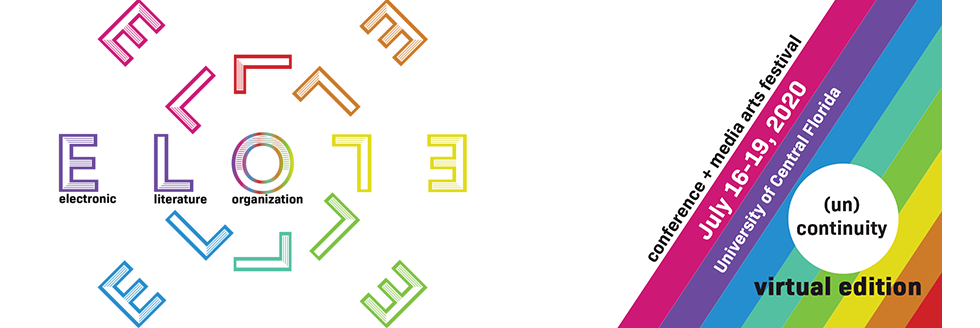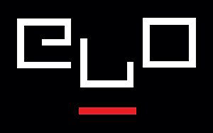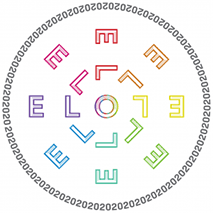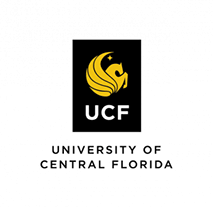Proposal Title
Submission Type
Conference Proceedings Paper
Abstract
The text examines e-lit’s potentials for reframing the question of digital materiality through playful poetic practice. To this end, the discussion reconstructs the genealogy between concrete poetry and electronic writing:
Digital structures, such as source code, programmable logic devices, neural networks, databases, and sensor readouts, accompany us continuously, yet remain annoyingly hard to fathom. Although we ceaselessly interact with them, it is hard for humans to relate to these materials, to shape or see them. However, as long as we allow the material reality of these structures to slip through the cracks of the collective imaginary, it remains easy for corporate actors to misrepresent the character and influence of coded infrastructures: Imbued with mystical qualities they appear to exist within a beyond removed from everyday existence and political struggle.
Electronic literature might offer attractive symbolic forms for understanding and questioning of these banally elusive materials. E-lit is not without its prede- cessors in this regard; practices such as concrete poetry (or concretist art more generally) have established creative forms of foregrounding the material basis of linguistic practices.
The text will retrace the social co-evolution of poetic forms and technological concepts through an analysis of the historical pathways leading from concrete poetry to forms of electronic writing. This historical analysis is employed in order to analyse the changing position of poetic practices that call attention to the material basis of the linguistic spaces they unfold in.
Included in
Electronic Writing as Hypermaterial Playground
The text examines e-lit’s potentials for reframing the question of digital materiality through playful poetic practice. To this end, the discussion reconstructs the genealogy between concrete poetry and electronic writing:
Digital structures, such as source code, programmable logic devices, neural networks, databases, and sensor readouts, accompany us continuously, yet remain annoyingly hard to fathom. Although we ceaselessly interact with them, it is hard for humans to relate to these materials, to shape or see them. However, as long as we allow the material reality of these structures to slip through the cracks of the collective imaginary, it remains easy for corporate actors to misrepresent the character and influence of coded infrastructures: Imbued with mystical qualities they appear to exist within a beyond removed from everyday existence and political struggle.
Electronic literature might offer attractive symbolic forms for understanding and questioning of these banally elusive materials. E-lit is not without its prede- cessors in this regard; practices such as concrete poetry (or concretist art more generally) have established creative forms of foregrounding the material basis of linguistic practices.
The text will retrace the social co-evolution of poetic forms and technological concepts through an analysis of the historical pathways leading from concrete poetry to forms of electronic writing. This historical analysis is employed in order to analyse the changing position of poetic practices that call attention to the material basis of the linguistic spaces they unfold in.




Bio
Michael Heidt performs roles as practice-based researcher and literary artist. He has designed interactive installations, post-humanist poems, and written uncounted lines of computer code. Socialized within the FLOSS software movement, his work is animated by the desire to shape technology in a way affording social critique and creative expression. Michael enjoys hybridizing disciplinary practices, creating works situated within the interstices between philosophy, informatics, art, and writing. Michael was a visiting scholar at Simon Fraser University's School of Interactive Arts and Technology, is an alumnus of the German Academic Scholarship Foundation and of DFG's research training group crossWorlds. At present, Michael makes up roughly 50% of the collective artistic body Elli Kuruş http://ellikurush.com/. He is an affiliated researcher at the Gender/Diversity in Informatics Systems group at University of Kassel, Germany.